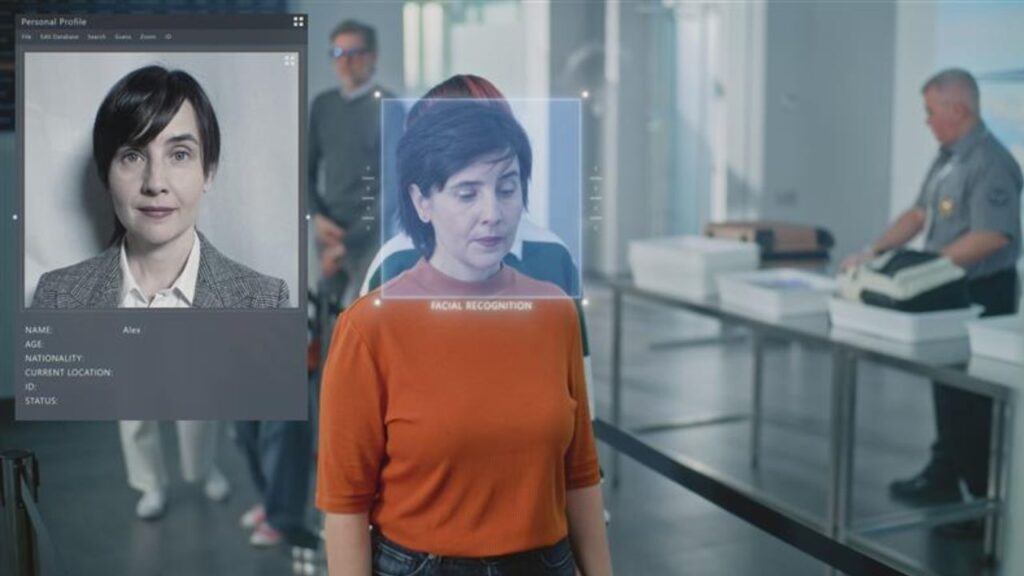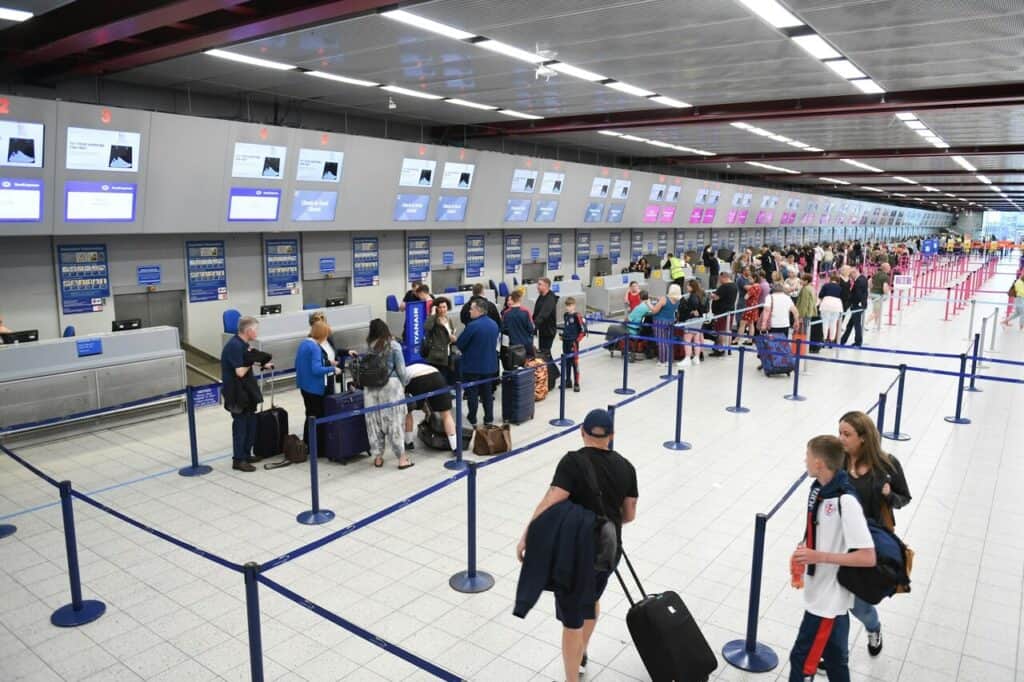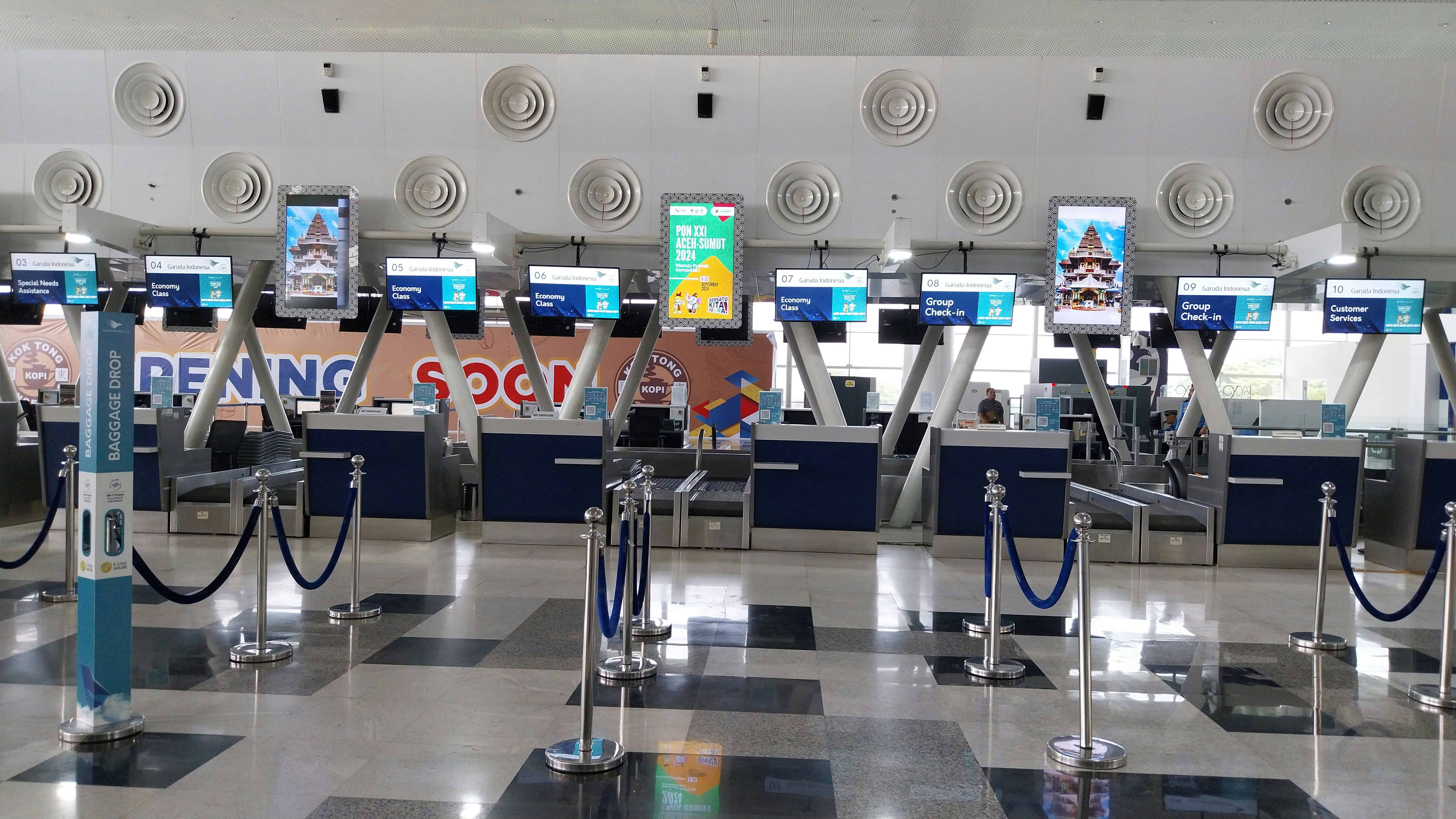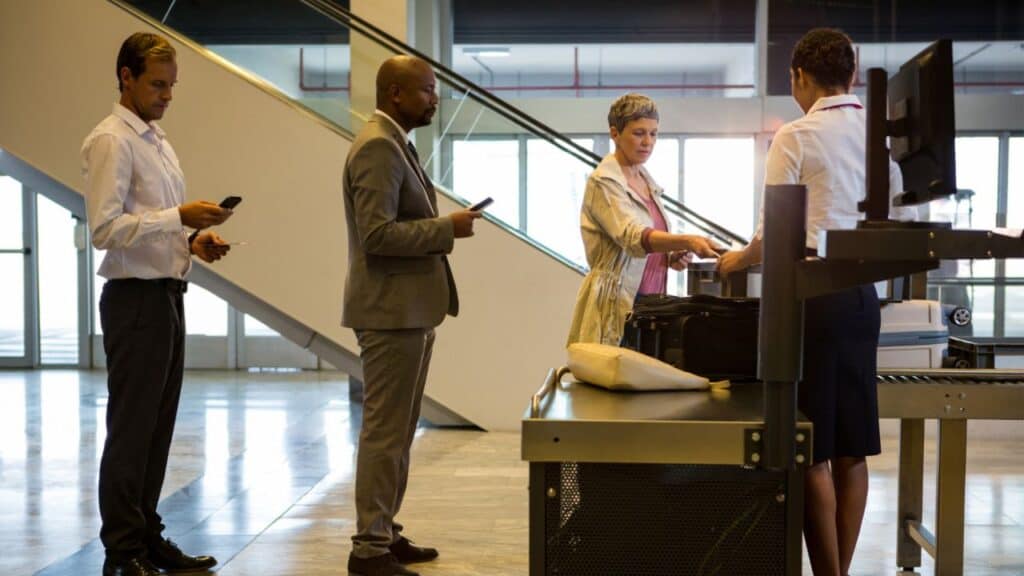We may earn money or products from the companies mentioned in this post. This means if you click on the link and purchase the item, I will receive a small commission at no extra cost to you ... you're just helping re-supply our family's travel fund.

The new U.S. biometric rule lands at a moment when travel is both highly efficient and heavily monitored. Facial comparison, already visible at many gates, is shifting from pilot project to standard expectation for noncitizen travelers. Behind the policy sits a basic tradeoff: faster identity checks in exchange for a deeper data footprint. For airports, airlines, and families on the move, the real question is whether those quiet scans feel like helpful infrastructure or a step too far into permanent surveillance.
The Rule In Clear Terms

The rule formally leans on facial images as the primary biometric check for most noncitizens entering or leaving the country, turning what began as scattered trials into a durable framework. Cameras capture a live image and compare it against government records tied to passports and prior entries, tightening control on overstays and imposters. On the ground, that means more predictable use of cameras, fewer ad hoc fingerprint stops, and a legal foundation agencies can point to when systems expand.
Who Feels The Impact First

Frequent visitors, work-visa holders, and cross-border travelers feel the change ahead of vacationers. Their journeys run through hubs where biometric gates are already active and now backed by firmer rules. U.S. citizens sit in a different category, often presented with facial scans marketed as convenience and manual options framed as available but slower. How clearly those distinctions are explained at real checkpoints will decide whether the shift feels orderly or tilted against people who already live under closer scrutiny.
What Changes Inside Airports

In major airports, biometric checks move from novelty to routine infrastructure. Departure gates use cameras to confirm that the face at the jet bridge matches the record tied to that boarding pass, trimming document shuffling and letting officers focus on mismatches instead of every traveler. Arrival halls fold facial comparison into existing inspection lanes. When systems are tuned and staffed well, lines shorten and errors are corrected quickly. When they are not, tension builds at the exact point where patience is thinnest.
Land Crossings And Cruise Terminals

At busy land borders and cruise ports, implementation will be slower and more uneven. The rule clears the way for expanded facial comparison where lanes, cameras, and staff can handle it, but physical layouts and high volumes make broad deployment tricky. Some crossings and terminals will test biometric booths while others rely on legacy checks, creating a patchwork of experiences. Regular crossers, crews, and port communities will become early judges of whether new cameras speed movement or simply add one more step.
Data, Storage, And Privacy Concerns

The technology itself is only half the story; storage rules carry the rest. Authorities describe limits on how long certain images are kept, who can access them, and how systems are audited, while reserving broader retention for noncitizen records linked to enforcement. Advocates worry about quiet scope creep, vendor access, and error risks for minorities and marginalized travelers. The strength of oversight, transparency reports, and real consequences for misuse will decide whether biometrics feel like a narrow tool or an open-ended archive.
Families And Vulnerable Travelers

Parents guiding children, elders, or relatives with disabilities through crowded halls need clarity, not extra friction. The framework allows alternative screening when facial capture fails, is inconsistent, or creates distress. The humane test is whether officers and airline staff actually slow down, explain options, and adapt the process without treating exceptions as irritants. Done well, biometrics can fade into the background. Done poorly, they deepen the gap between travelers who glide through and those repeatedly pulled aside.
Airlines, Airports, And Shared Responsibility

Carriers and airports now sit on the front line of biometric delivery. Their equipment, boarding flows, and announcements shape how the rule feels day to day. Good partners post clear notices, train staff to handle opt-outs and misreads, and avoid outsourcing all authority to a screen. Weak coordination produces mixed messages at neighboring gates and fuels suspicion. Shared responsibility means treating identity checks as a service to travelers as much as an obligation to regulators.
When The Match Is Wrong

False matches and failed reads are inevitable, so the response protocol matters more than the marketing. The promised model is simple: if the system hesitates, a human steps in with document checks and calm questions, not accusations. A brief delay should not snowball into missed flights or lasting flags. Publishing error data, improving algorithms, and inviting real oversight help show that mistakes are treated as problems to fix, not just acceptable collateral in a growing database.
How It Shapes Travel Choices Now

For most travelers, routes and plans will not change overnight, but airport preferences might. People gravitate to terminals known for smoother flows, clearer signage, and staff who take privacy questions seriously. Confident communication from authorities and airlines can make biometric checks feel like a predictable, boring step. Silence, fuzzy language, or aggressive upselling of face scans as the only smart choice will have the opposite effect, turning a technical tweak into a trust issue.
Looking Ahead With Measured Confidence

The new biometric rule is not the end of the conversation; it is the frame for the next decade of border management. Its success depends on whether agencies, companies, and courts keep identity checks narrow, accurate, and accountable while listening when travelers, technologists, and civil rights groups flag real risks. When that balance holds, crossings feel efficient without feeling cold, security gains weight without crushing dignity, and movement across borders stays possible without demanding that individuality disappear into code.